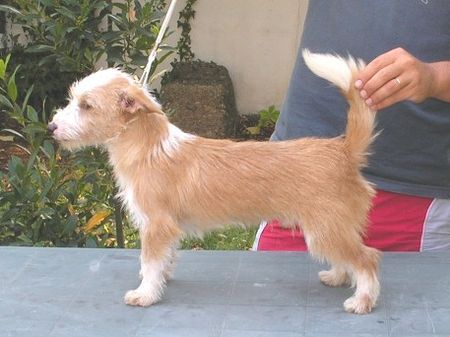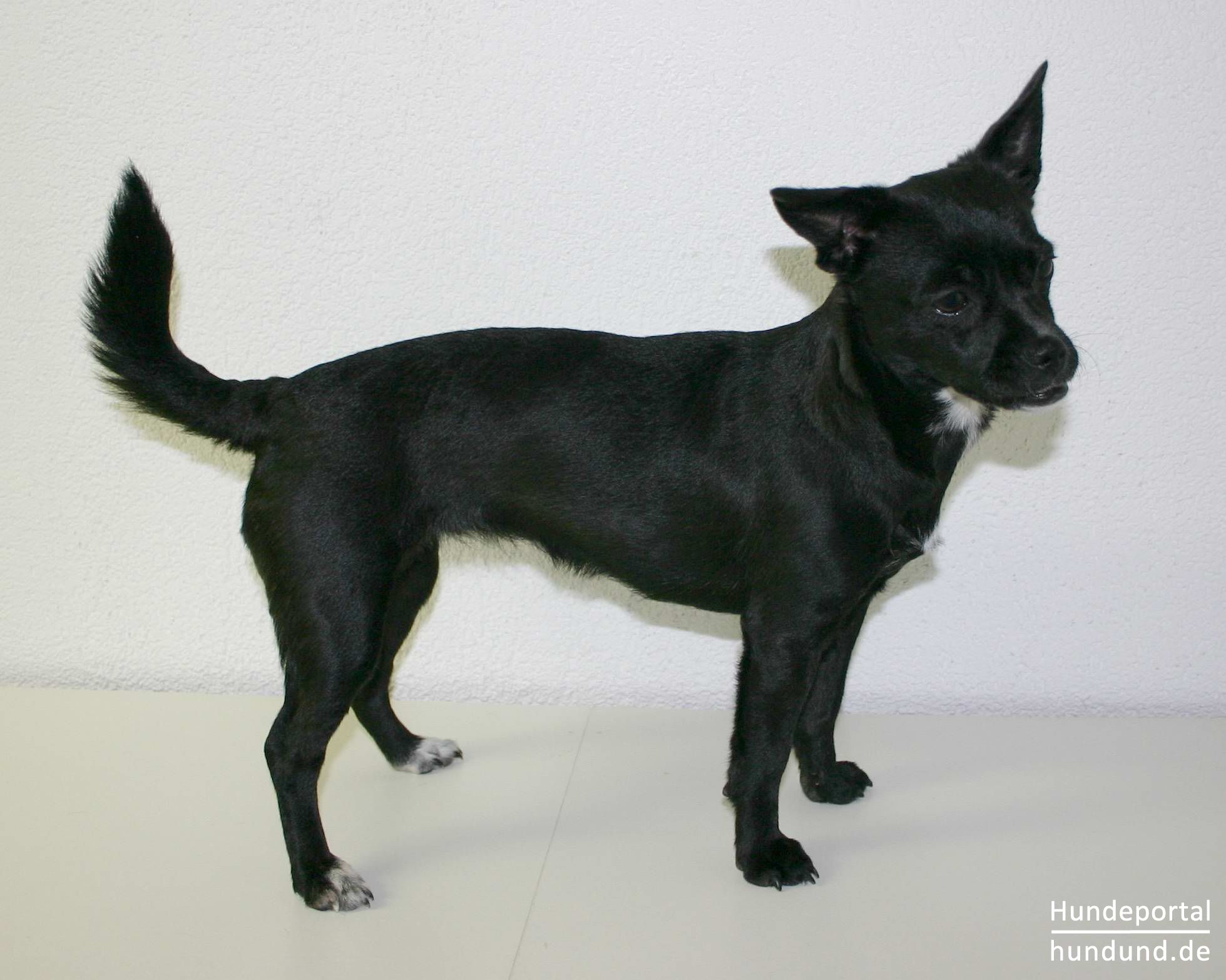

In addition to the Middle Eastern breeds, the Phoenicians may have also been responsible for the spread of the Sloughi, a very ancient breed native to North Africa. The Carthaginians turned the trading empire of the Phoenicians into a military and political one, eventually coming to directly rule parts of all territories where Podengo-type dogs are native. Phoenician colonists founded the North African city of Carthage, which went on to rule a great empire. History shows that Phoenicians did have some influence in all regions where Podengo-type dogs were traditionally found.

The Phoenicians are believed to have brought these ancient breeds across the Mediterranean, giving rise to the Podengo-type dogs. The Phoenicians were renowned across the Ancient World as maritime traders, who maintained economic links stretching from Persia to England. It is a commonly held belief that the Tessem and other Egypto-Mesopotamian sight hounds were acquired by the Phoenicians, a people native to the coastal regions of modern day Israel, Lebanon, and Syria. Surviving images of the Tessem are virtually indistinguishable from modern Podengo-type dogs, especially the Pharaoh Hound and the Ibizan Hound. This dog was obviously highly valued as many of them were mummified alongside their royal masters so that they might accompany them into the afterlife. One of the most commonly recorded varieties was the Tessem, the preferred hunting dog of the Egyptian Pharaohs. Depictions of dogs which are obviously sight hounds begin to appear in both Egypt and Mesopotamia between 5,000 and 7,000 years ago. In order to take advantage of local game conditions, ancient hunters bred specialized hunting dogs with keen eyesight and immense speed. Both regions have vast areas of open land which are home to fleet-footed prey such as hares and gazelles.
#PODENGO PORTUGUESO FREE#
The ruling classes of these ancient kingdoms had a substantial amount of free time for recreation, and one of their favorite pastimes was hunting. These larger populations became highly socially stratified, with an entrenched nobility. Agriculture allowed for large sedentary populations, which were initially concentrated in Mesopotamia and Egypt. Dogs proved so invaluable that they rapidly spread across the world, and eventually came to be found everywhere that humans did except for a few remote islands.Īpproximately 14,000 years ago, agriculture developed in the Middle East. These early dogs served their hunter-gatherer masters as hunting aides, camp guardians and companion animals.

The first dogs were virtually indistinguishable from the wolf, and were probably nearly identical in appearance to the Dingo, a semi-wild dog native to Australia.

It is now accepted that dogs were most likely domesticated in one or two events which took place in the Middle East, India, Tibet, or China, where the local wolves are smaller, less aggressive, and more comfortable in the presence of man than in other places. It is not clear when the Portuguese Podengo was first developed, but evidence found underneath the Lisbon Cathedral indicates that the breed was in existence in Portugal no later than 700 B.C.Īlthough there is substantial debate among researchers as to the exact date, dogs were domesticated form the wolf sometime between 14,000 and 100,000 years ago. There are two primary theories regarded the origins of these breeds, that they were developed in the Middle East or that they were developed in the Mediterranean Islands. These breeds are all considered to be quite ancient, and are regarded as some of Europe’s oldest breeds. The Portuguese language refers to all of these breeds as Podengos. Other members of this family include the Cirneco dell’Etna of Sicily, the Pharaoh Hound of Malta, the Ibizan Hound of the Balearic Islands, and the Podenco Canario of the Canary Islands. The Portuguese Podengo is generally regarded as being a member of a family of primitive-looking, prick-eared hunting dogs native to the Mediterranean. However, some facts are known and others can be interpreted based on existing evidence. This situation is exacerbated by the fact that Portuguese Podengo were primarily kept in rural areas and less would have been said about them in any case. The Portuguese Podengo was developed long before written records of dog breeding were kept, meaning that very little of this breed’s ancestry is known with certainty.


 0 kommentar(er)
0 kommentar(er)
